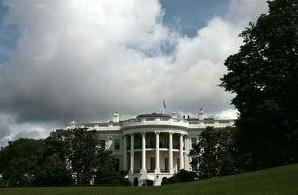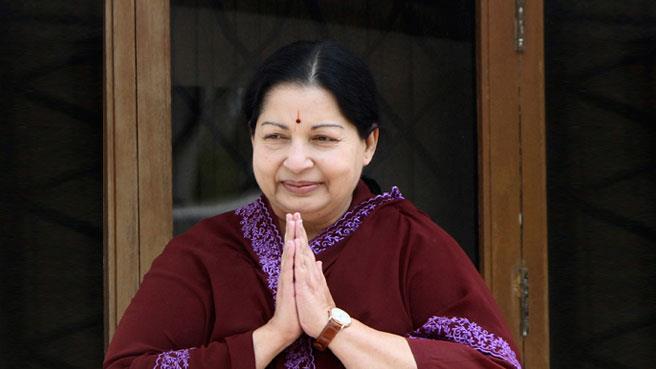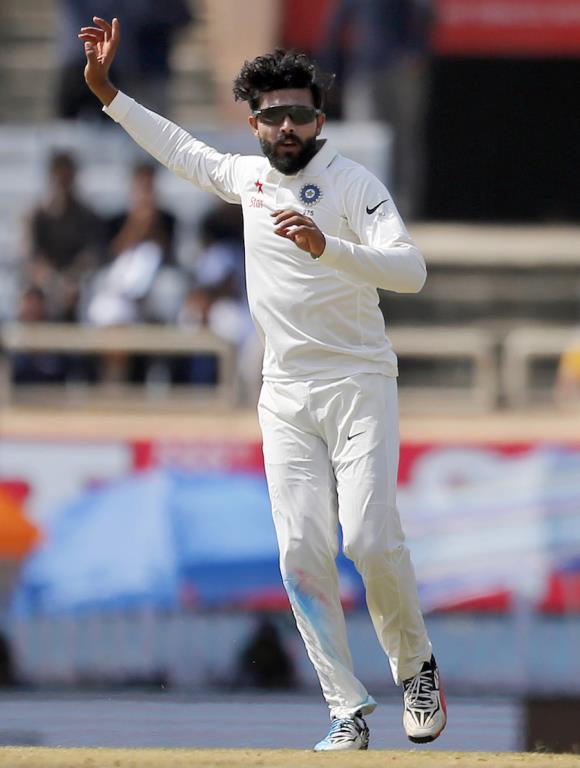August 28, 2013
WASHINGTON: Do you know how the Indian Prime Minister's Office or Rashtrapati Bhavan works? Chances are if you are an ordinary Indian who doesn't belong to the elite services or have a family connection, you wouldn't get within sniffing distance of these high places, particularly if you are young.

August 28, 2013
WASHINGTON: Do you know how the Indian Prime Minister's Office or Rashtrapati Bhavan works? Chances are if you are an ordinary Indian who doesn't belong to the elite services or have a family connection, you wouldn't get within sniffing distance of these high places, particularly if you are young.

In recent years the number of Indian-Americans, particularly physicians who have been selected for the dozen or so White House fellowships awarded each year, has increased.
In 1964, the then US president Lyndon Johnson created the White House fellows program, aimed at giving exceptional young American men and women first-hand experience working at the highest levels of the federal government. Selected individuals typically spend a year working as a full-time, paid Fellow to senior White House staff — including the engaging the president himself — cabinet secretaries and other top-ranking government officials.
The purpose, explained the president's commission on White House fellowship, is to provide gifted and highly motivated young Americans with some first-hand experience in the process of governing the nation and a sense of personal involvement in the leadership of society.
Over the years, many White House fellows have later risen to top positions in the government and industry. Former secretary of state Colin Powell, director of national intelligence Dennis Blair, Levi Strauss chairman Robert Haas, and former CNN chairman Tom Johnson are among those who won the White House fellowship in their younger days, giving them an insight into the inner working of the government at the highest levels.
One of the more striking developments in recent years is the number of Indian-Americans, particularly physicians, who have been selected for the dozen or so White House fellowships awarded each year. The trend began with Sanjay Gupta, the neurosurgeon and CNN's chief medical correspondent, who was a WH Fellow in 1997-1998. Since then there is hardly a year where someone of Indian origin does not make the cut to what is considered one of America's most prestigious programs for leadership and public service.
Among White House fellows for the year 2013/2014, announced on Tuesday, is Kapil Parakh, a Washington DC area cardiologist who is currently the director of heart failure at the Johns Hopkins Bayview Medical Center and assistant professor in the departments of medicine, epidemiology, and health behavior & society. Technically a Zambian-Indian-American (He received his BS and MD from the University of Zambia), Dr Parakh's research focuses on understanding the increased mortality in patients with depression after a heart attack.
He leads heart failure quality improvements in collaboration with the joint commission's center for transforming healthcare, using entrepreneurial techniques to cost-effectively improve outcomes, a search that should surely bring him to India's acclaimed Narayana Hrudayalaya and the brilliant Dr Devi Shetty.
Why is it that doctors of Indian origin make the White House Fellows cut ahead of say lawyers, public policy wonks, financial mavens, military professionals etc? One can only guess that it is because there are a good number of physicians of Indian-origin, estimated to be anywhere between 60,000 to 80,000. That would make it almost ten per cent of all physicians in the US for an ethnic group that constitutes only one per cent of the population.
In fact, Dr Parakh edged out two other Indian-Americans who were finalists for the 2013/2014 award: Shilpen Patel, associate professor of radiation oncology, University of Washington, and Jay Bhatt, geriatric medicine fellow, University of Michigan Health system.
And the 2012/2013 fellows who just finished their White House stint included Baton Rouge, Louisiana physician Dave Chokshi (who is also a Rhodes Scholar, a Truman Scholar and a Soros fellow), and Anand Veeravagu, a Stanford University neurosurgeon. In 2011/2012, the awardees included Pat Basu, a Stanford University radiologist, and Sunny Ramchandani, a physician in the US navy. The previous year it was New York state internist Anish Mahajan.
Just how quickly the White House gig can catapult one to high public life is illustrated by the case of Dr Rajeev Venkayya, who was a White House fellow in 2002-2003, and a couple of years late was appointed special assistant to the president and senior director for biodefence by Bush. It was probably the quickest fruition of Lyndon Johnson's vision of taking skilled but raw professionals and turning them into leaders (Dr Venkayya had to deal with the avian flu crisis almost as soon as he took over the biodefence portfolio).
Courtesy: TOI
















































































































